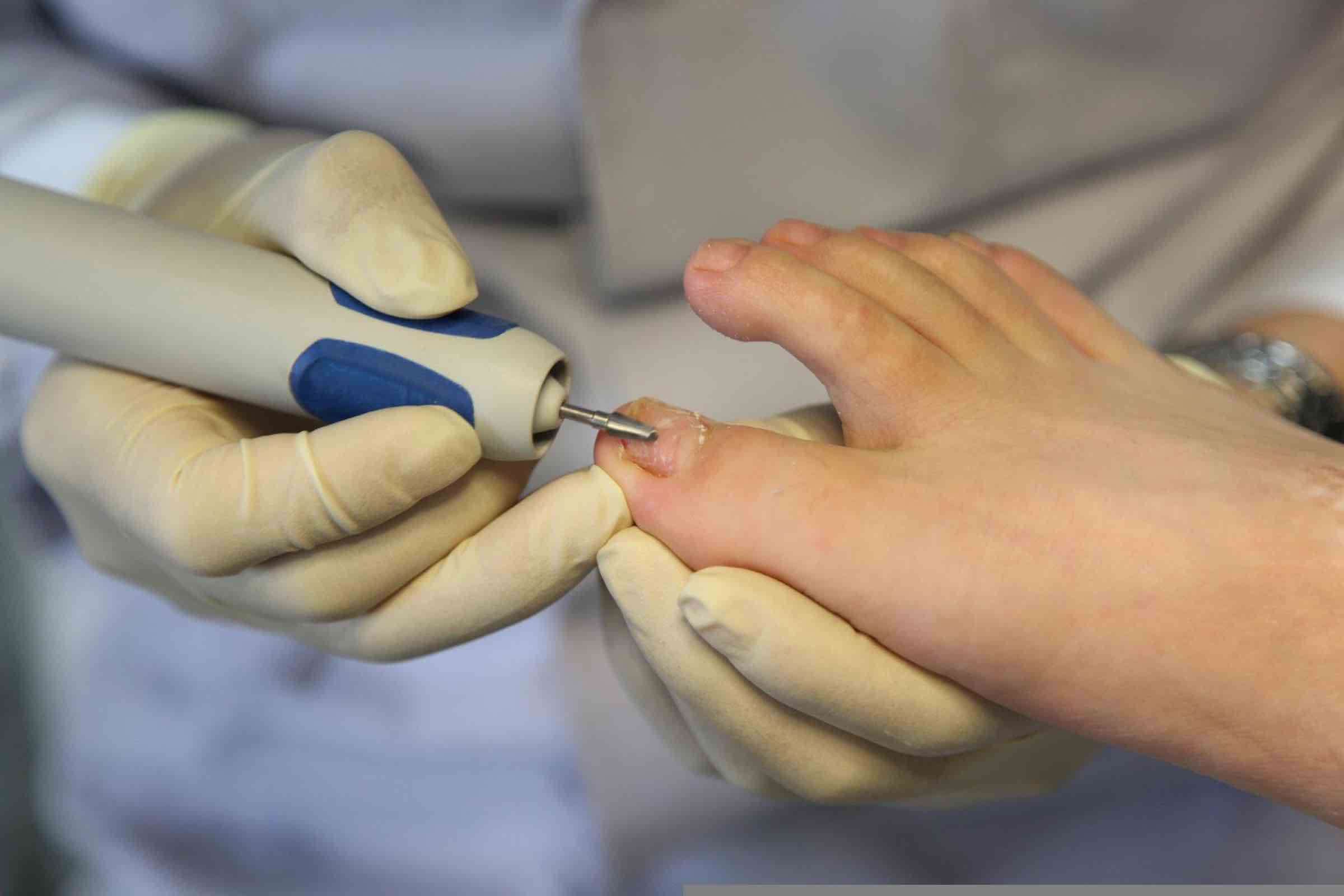Ingrown toenails are a common foot problem that can affect anyone. They occur when the edge of a toenail grows into the soft flesh surrounding it, leading to discomfort, redness, and even infection if not addressed properly. While this issue can often be managed at home, there are instances where professional care becomes necessary.
Understanding Ingrown Toenails
An ingrown toenail is typically linked to several factors, including improper nail trimming, wearing tight shoes, or injuries. Symptoms vary in severity, depending on the stage of the condition. Early signs might include tenderness or swelling of the skin around the nail. If the ingrown nail progresses without management, the affected area may show signs of infection, such as redness, pus drainage, and an increase in pain.
While an untreated ingrown toenail may initially seem minor, it can potentially lead to more serious outcomes. Persistent infection can affect deeper tissues and individuals with underlying health conditions. Those afflicted with diabetes may face additional risks related to impaired circulation and healing.
Managing Them at Home
When symptoms are mild and there are no signs of infection, managing an ingrown toenail at home is often effective. These methods range from regular maintenance practices to broader lifestyle choices. Some prominent steps involved in at-home management include:
- Soak the Foot Regularly: Use warm, soapy water or an Epsom salt solution two to three times daily. This helps reduce swelling and softens the skin around the nail for easier management.
- Keep the Area Clean: Dry the foot thoroughly after soaking, and keep the affected area clean to protect against infection.
- Use a Protective Barrier: Place a small piece of clean, sterile cotton or dental floss under the edge of the ingrown nail. This can help lift the nail edge slightly and redirect its growth outward instead of inward.
- Choose Proper Footwear: Avoid tight, restrictive shoes and opt for open-toe footwear when possible. This prevents further pressure on the affected area.
Home remedies work well for mild cases, but persistent pain, signs of infection like pus or increased redness, or lack of improvement over several days may indicate the need for professional assistance.
Treating The Nail Professionally
For moderate to severe cases or when infections are present, professional treatment is often the safer option. A podiatrist, a specialist in foot health, offers various treatments tailored to the severity of the ingrown toenail. These may include:
- Nail Trimming and Lifting: This non-invasive method involves carefully lifting and trimming the affected nail to prevent further growth into the skin.
- Partial Nail Removal: If the affected area is more severe, a podiatrist may perform a procedure to remove part of the nail. Local anesthesia is used to minimize discomfort during this process.
- Full Nail Removal: For recurrent or extensive cases, complete nail removal may be necessary. This allows the area to heal fully and grow a new, healthy nail over time.
A podiatrist can assess the extent of the issue, manage infections if present, and customize treatment for individuals with higher-risk conditions like diabetes or circulation problems.
Confer With a Podiatrist About Treatment
Both home and professional care have roles in managing ingrown toenails, depending on the severity of the condition. Mild cases often respond well to diligent at-home measures, such as proper soaking and maintaining cleanliness. Nevertheless, symptoms like infection or persistent discomfort should prompt a visit to a podiatrist for specialized attention. If you are currently dealing with an ingrown toenail that seems stubborn or worsening, connect with a healthcare provider to discuss the best path forward.
- When to See a Foot and Ankle Surgeon
- Top Benefits of Visiting a Vein Clinic for Early Treatment of Vein Issues
- The Intersection of Gynecology and Endometriosis Treatment
- Regenerative Orthopedics for Post-Surgery Healing
- The Role of Pain Management in Living with Chronic Pain
